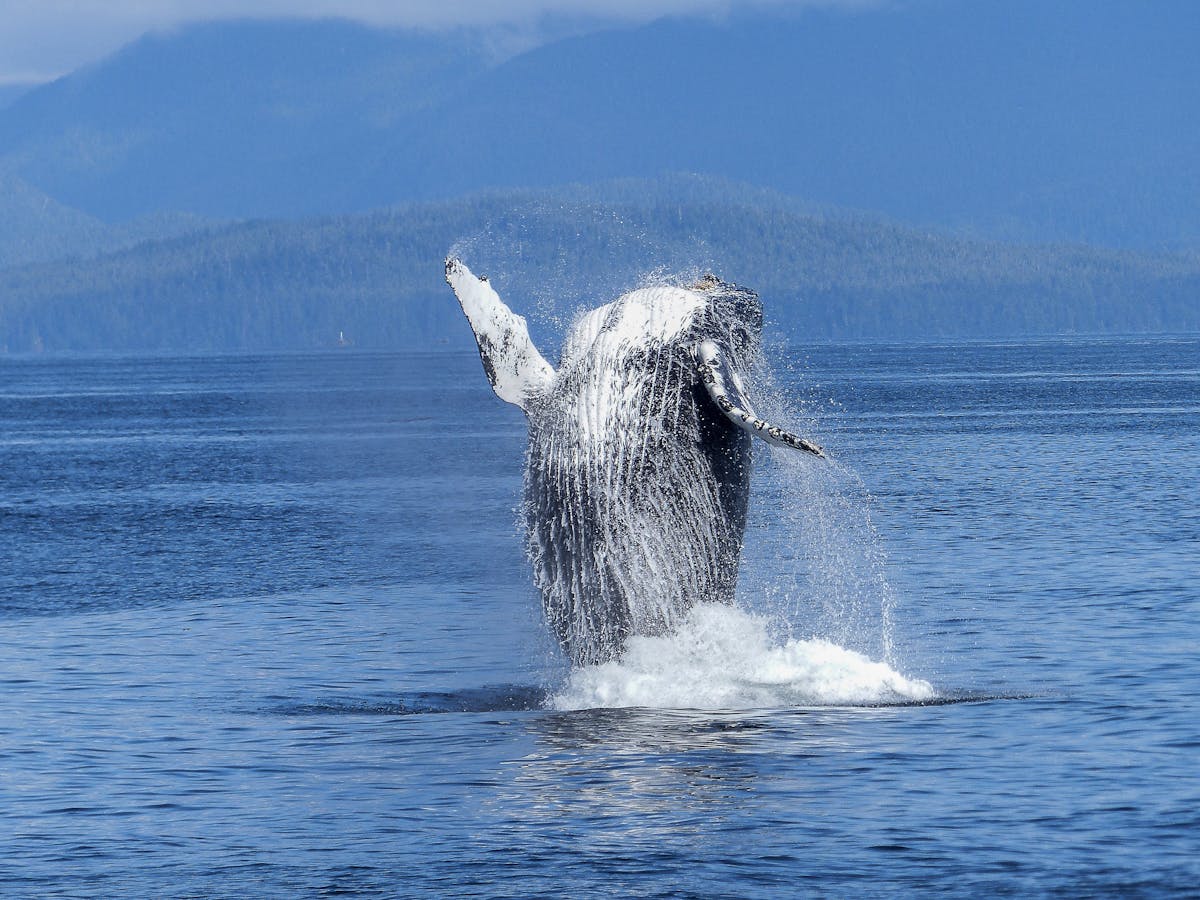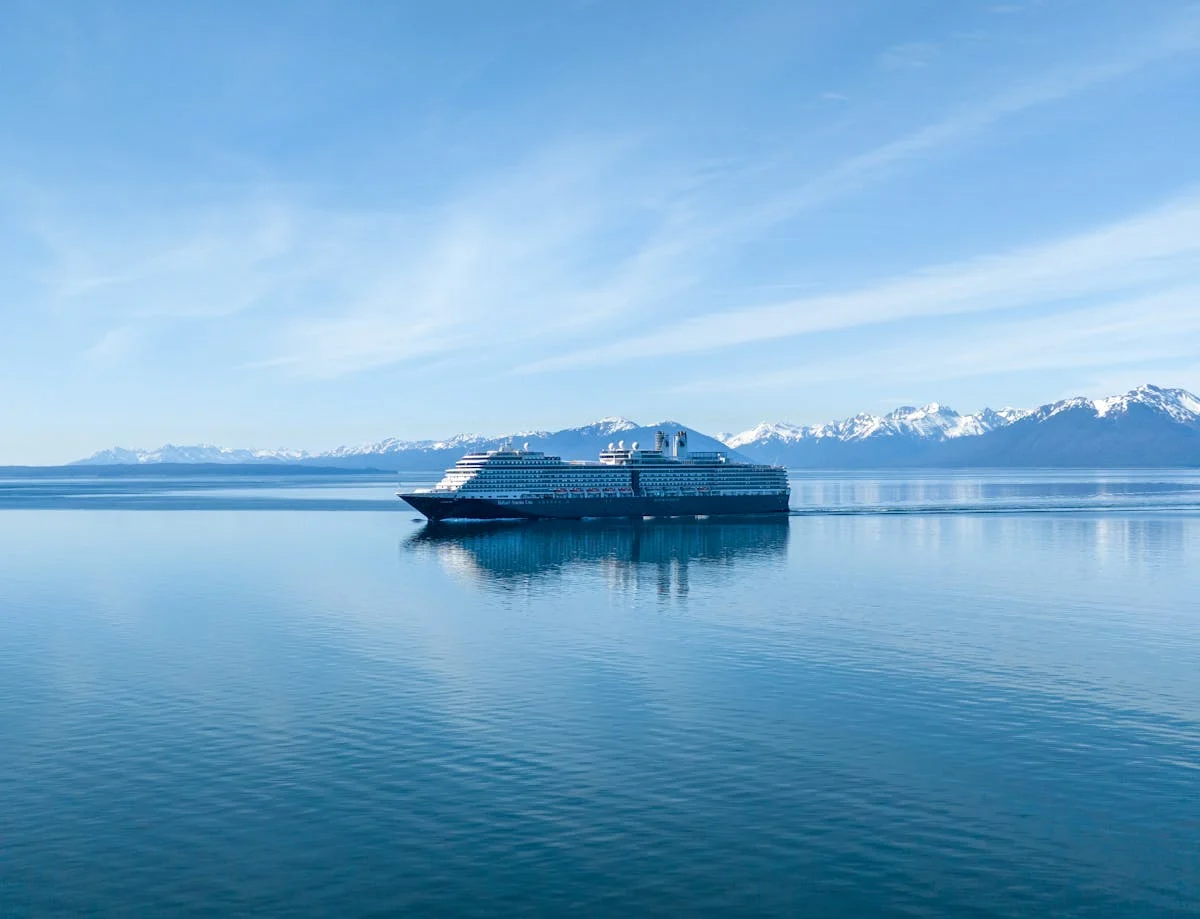Embarking on a journey is an exciting prospect, full of potential discoveries and enriching experiences. As a seasoned traveler who has explored vibrant cities, trekked through ancient landscapes, and immersed myself in diverse cultures, I’ve learned that a well-thought-out Clothes Packing List is more than just a formality – it’s the foundation of a comfortable, prepared, and truly enjoyable trip. Packing the right attire ensures you’re ready for any adventure, respecting local customs, and feeling confident wherever you go.
The difference between a frustrating trip and a seamless adventure often comes down to what you bring along. Forgetting essentials or overpacking unnecessary items can derail even the best-laid plans. Creating a comprehensive Clothes Packing List tailored to your specific journey is a crucial first step in avoiding those common travel pitfalls and setting yourself up for success on the road. It’s about being prepared for diverse climates, unexpected events, and embracing spontaneous opportunities.
Why a Strategic Clothes Packing List is Essential
Packing isn’t just about filling a suitcase; it’s about preparing yourself for the realities of travel. Your Clothes Packing List should reflect the activities you’ll undertake, the weather you expect, and the cultural context of your destination. An ill-suited wardrobe can lead to discomfort, added expenses for emergency purchases, or even missed experiences if you don’t have the appropriate attire for an activity or location.

Furthermore, packing smart directly impacts your travel style. Traveling light with an optimized Clothes Packing List can save you time and money by avoiding checked bag fees and the anxiety of lost luggage. It also offers greater flexibility and mobility, allowing you to navigate airports, train stations, and bustling streets with ease, enhancing the overall fluidity of your travel experience.
Building Your Perfect Clothes Packing List: Key Considerations
Creating your ultimate Clothes Packing List begins with understanding the specifics of your trip. The same list won’t work for a week hiking in the mountains and a city break in a tropical climate. You need to consider several key factors to curate a list that is practical, versatile, and appropriate for your adventure.
Start by researching your destination’s climate and typical weather patterns for the time of year you’re traveling. Check average temperatures, rainfall, and humidity. This information is fundamental in selecting the right fabrics and layers for your Clothes Packing List, ensuring you are neither too hot nor too cold, and prepared for potential rain.
Next, outline your planned activities. Will you be doing a lot of walking, dining out, visiting religious sites, swimming, or engaging in adventure sports? Your itinerary heavily influences the types of clothing required. Include specific items necessary for these activities in your Clothes Packing List, such as hiking boots, swimwear, or more formal attire.
Consider the duration of your trip and access to laundry facilities. For longer trips without laundry access, you’ll need more items on your Clothes Packing List. However, if laundry is available, you can pack less and plan to wash clothes mid-trip, significantly reducing the overall volume and weight of your luggage.
Finally, think about the local culture and customs regarding dress. In many parts of the world, dressing modestly is important, especially when visiting religious sites. Including versatile items like scarves or wraps in your Clothes Packing List can help you adapt respectfully to different cultural norms.
Essential Items for Your Clothes Packing List Breakdown
Let’s break down the core components that should be on almost every Clothes Packing List, adaptable based on the factors discussed above. Focusing on versatility and multi-use items is key to packing efficiently.
Tops: The Foundation of Layers
Your tops are the building blocks of your travel wardrobe. Pack a mix of t-shirts, long-sleeved shirts, and perhaps a blouse or button-down shirt. Prioritize neutral colors that can be mixed and matched easily with different bottoms. Look for fabrics that are lightweight, quick-drying, and wrinkle-resistant – materials like merino wool, technical synthetics, or travel-friendly blends are excellent choices for your Clothes Packing List.

Consider packing tops that can be layered. A simple t-shirt can be worn on its own in warm weather or under a long-sleeved shirt or sweater in cooler conditions. This layering strategy is essential for adapting to changing temperatures throughout the day and is a cornerstone of an effective Clothes Packing List for varied climates.
Bottoms: Comfort Meets Function
Pack comfortable and versatile bottoms that are suitable for walking and various activities. Jeans can work for many destinations but can be bulky and slow to dry. Consider travel-specific pants made from quick-dry, durable fabrics. Include shorts or skirts if appropriate for the climate and culture.
Having a mix of casual and slightly dressier bottoms allows for flexibility. A pair of comfortable travel pants or dark wash jeans can often be dressed up with a nicer top and accessories, expanding your outfit options without adding bulk to your Clothes Packing List.
Mid-Layers and Outerwear: Be Ready for Anything
Even in warm destinations, temperatures can drop in the evenings or in air-conditioned spaces. Include a sweater, fleece, or cardigan in your Clothes Packing List. For cooler climates, additional mid-layers are crucial for trapping warmth.
Top 15+ Ideas for Unforgettable Family Fun Los Angeles
Discover the Best Backpacking in Michigan – Unforgettable Trails & Adventures
Discover the Best Time to Visit Denver – A Seasonal Guide 2025
A packable, lightweight jacket is a travel essential for most trips. Opt for one that is water-resistant or waterproof to protect against unexpected rain. Depending on your destination and the season, you might need a warmer coat, but choose one that doesn’t take up excessive space or weight if possible, or plan to wear it on travel days.
Underwear and Socks: Don’t Skimp Here
While it might seem basic, packing enough underwear and socks is crucial for comfort and hygiene. The general rule of thumb is one pair per day, plus one or two extras. Consider quick-drying options, especially for socks, if you plan on washing them during your trip.
Merino wool socks are excellent for travel as they wick moisture, regulate temperature, and resist odor, meaning you can potentially re-wear them. Pack a variety of socks suitable for your footwear – ankle socks for sneakers, warmer socks for boots, etc., ensuring your Clothes Packing List covers these often-overlooked items.
Footwear: Choose Wisely
Shoes are often the bulkiest items on a Clothes Packing List, so choose them carefully. A comfortable pair of walking shoes or sneakers is non-negotiable for most trips. If your itinerary includes hiking, bring appropriate hiking boots. For beach destinations, sandals or water shoes are necessary.
Try to limit yourself to two or three pairs of shoes that cover all your planned activities. Wear your bulkiest pair (like hiking boots) on travel days to save space in your luggage. Ensure all shoes you pack are broken in before your trip to avoid blisters.
Accessories: Adding Versatility and Function
Accessories can add flair to your outfits and serve practical purposes. A versatile scarf or sarong can be used as a shawl, head covering (for religious sites), beach cover-up, or even a lightweight blanket on a chilly flight. This multi-functionality makes it a valuable addition to any Clothes Packing List.
Hats are essential for sun protection or warmth, depending on the climate. Pack a crushable hat if space is a concern. Consider other items like a belt, minimal jewelry, and perhaps a small travel-sized umbrella if rain is likely.
Tailoring Your Clothes Packing List for Specific Trip Types
The generic Clothes Packing List outlined above provides a solid base, but specific destinations and activities require adjustments.
Beach Vacation Clothes Packing List
For sun and sand, focus on swimwear (pack at least two so one can dry), cover-ups, light and airy dresses, shorts, tank tops, and t-shirts. Sun protection is key, so include wide-brimmed hats and possibly UPF-protective clothing. Sandals and water shoes are essential footwear. Don’t forget something slightly dressier for evening dinners.
City Break Clothes Packing List
City travel often involves a lot of walking and varying indoor/outdoor temperatures. Layering is paramount. Pack versatile tops and bottoms that can be mixed and matched for multiple outfits. Comfortable, stylish walking shoes are a must. Include one slightly dressier outfit for evenings out. Consider a lightweight jacket for cooler evenings or unexpected rain.
Adventure Trip Clothes Packing List
Whether hiking, climbing, or exploring remote areas, durability, functionality, and climate-appropriateness define this Clothes Packing List. Quick-drying, moisture-wicking fabrics are essential. Pack sturdy hiking pants, performance tops, insulating layers, and appropriate outerwear. Hiking boots are critical footwear. Headlamps, moisture-wicking socks, and perhaps gaiters might also be necessary depending on the specific activity.
Cultural Immersion Clothes Packing List
When visiting regions with conservative cultures, your Clothes Packing List should prioritize modesty. Include items that cover shoulders and knees, such as long skirts, pants, and shirts with sleeves. A large scarf or shawl is incredibly useful for quickly covering up before entering religious sites. While exploring parts of the United States, like cities in Nevada or Texas, cultural attire considerations might be less about strict modesty and more about practicality for the climate and activities, like comfortable shoes for walking the Las Vegas Strip or breathable clothing for the Texas heat.
Smart Packing Techniques for Your Clothes
Once you have your curated Clothes Packing List, how you pack is just as important as what you pack. Efficient packing techniques can save space and keep your clothes organized.
Many travelers debate rolling versus folding clothes. Rolling typically saves space and can minimize wrinkles, especially for items like t-shirts, jeans, and casual shirts. Folding is better for structured items like blazers or formal shirts to maintain shape. Experiment to see which method works best for your specific Clothes Packing List items.
Using packing cubes is a game-changer for organization. They compress clothing and categorize items (e.g., tops in one cube, bottoms in another, underwear in a third). This makes finding items easier without having to unpack your entire suitcase and keeps your Clothes Packing List neatly compartmentalized.
Place heavier items like shoes at the bottom of your suitcase, towards the wheels (if using a wheeled bag). Fill any gaps with smaller items like socks or underwear. Roll or fold your clothes and place them neatly in layers or packing cubes. Put items you’ll need first (like a change of clothes) near the top or in a readily accessible pocket.
Remember to pack a small bag for dirty laundry to keep it separate from clean clothes during your trip. This prevents odors and makes unpacking easier upon your return.
 Person rolling clothes for packingPacking your clothes efficiently, whether rolling or folding, maximizes space and keeps your Clothes Packing List manageable in your luggage.
Person rolling clothes for packingPacking your clothes efficiently, whether rolling or folding, maximizes space and keeps your Clothes Packing List manageable in your luggage.
What to Always Include on Your Carry-On Clothes Packing List
Separation from checked luggage, even temporarily, is a traveler’s nightmare. To mitigate this, always pack a change of clothes in your carry-on bag. This small addition to your carry-on Clothes Packing List can provide immense relief if your checked bag is delayed or lost. Include underwear, socks, and one versatile outfit (e.g., comfortable pants and a t-shirt or top that can be layered).
Having a basic set of clothing accessible on the plane can also increase comfort, especially on long flights where you might want to change out of travel clothes. This essential carry-on Clothes Packing List subset ensures you can survive and stay comfortable for at least 24-48 hours without your main luggage.
Clothes for Staying Healthy While Traveling
While not strictly about style, selecting the right clothing is part of staying healthy on the road. Choose breathable fabrics in warm climates to prevent overheating and chafing. In colder environments, layering multiple thin layers of insulating fabrics is more effective than one bulky layer for staying warm and preventing hypothermia.
Consider packing lightweight, long-sleeved shirts and pants made from tightly woven fabrics or treated with insect repellent if you’re traveling to areas with mosquitoes or other biting insects. This can help protect you from insect-borne diseases. Sun-protective clothing is also a crucial part of a health-conscious Clothes Packing List for sunny destinations, reducing exposure to harmful UV rays.
Final Thoughts on Your Clothes Packing List
Crafting your ultimate Clothes Packing List is an art form refined with each journey. It’s about finding the balance between preparedness and portability, necessity and versatility. By carefully considering your destination, activities, and duration, and employing smart packing techniques, you can assemble a travel wardrobe that serves you well throughout your adventures.
Don’t view packing as a chore, but as the exciting first step in your exploration. Your Clothes Packing List is a roadmap to being comfortable, confident, and ready to embrace every moment of your trip, connecting with the world one destination, one outfit, at a time.
Frequently Asked Questions About Your Clothes Packing List
How many outfits should I pack for a week?
For a one-week trip with access to laundry, you can often manage with 3-4 versatile tops, 2-3 bottoms, 1-2 layers, and sufficient underwear/socks for the week. If no laundry is available, aim for 7-8 days worth of tops and underwear/socks, and 3-4 bottoms that can be re-worn. Focus on mix-and-match items.
What are the best clothing fabrics for travel?
Merino wool is excellent for temperature regulation and odor resistance, suitable for both warm and cold climates. Synthetic fabrics like polyester and nylon are lightweight, durable, quick-drying, and often wrinkle-resistant. Cotton is comfortable in dry heat but slow to dry and heavy, making it less ideal for humid or active trips.
How do I pack formal wear without wrinkling it?
Roll items like dresses or dress shirts using the tissue paper method (lay the item flat, place tissue paper inside/between folds, then roll loosely). Alternatively, use a garment bag designed for travel or pack them last, laid flat on top of other clothes. Choose wrinkle-resistant fabrics like knit blends or specific travel fabrics if possible.
